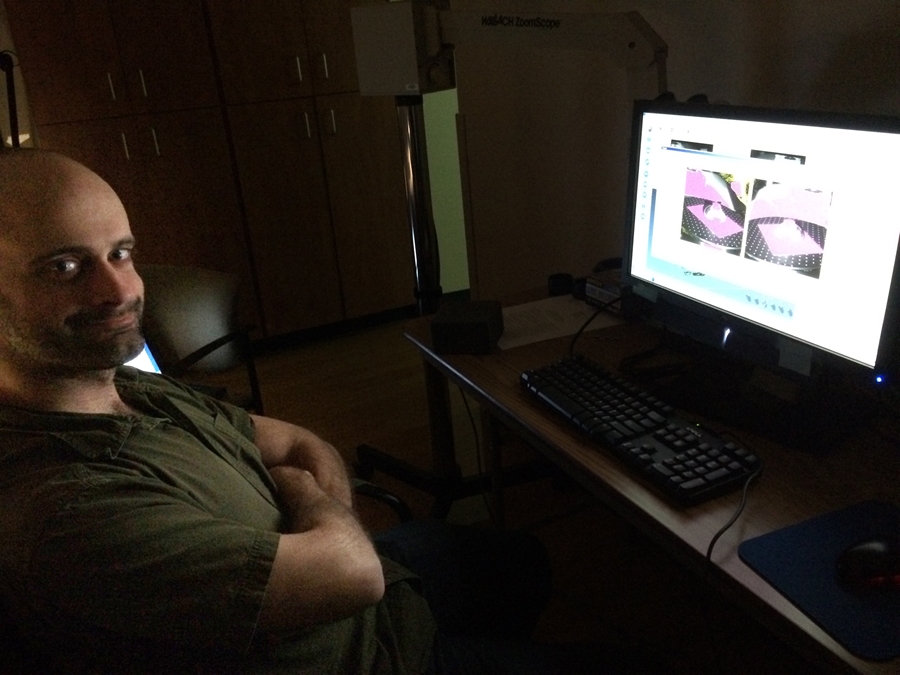
FAYETTEVILLE, Ark. – Why are University of Arkansas researchers studying ancient Roman ceramics at the University of Missouri?
The answer involves one of the most important museums in Rome, a power company, a research reactor, and Rachel Opitz, a research associate at the University of Arkansas’ Center for Advanced Spatial Technologies who specializes in high-resolution 3-D imaging.
Hidden Treasure of Rome, a collaboration of the Capitoline Museum and the University of Missouri, is providing information about 2,000- to 2,400-year-old artifacts in the Capitoline’s collection.
These objects, stored in the museum for more than a century, are from unknown locations. Crucial to the project is neutron activation analysis, a technique that provides information on the clay material used to make the ceramic vessels. The Missouri University Research Reactor is a world leader in this method as applied in archaeology, so it was essential to transport the ceramics to the university’s Museum of Art and Archaeology.
ENEL Green Power, the U.S. branch of an Italian company, ENEL Power, provided the funding for the packing, shipping and insurance of the valuable materials. When the ceramics arrived in Missouri last year, Marcello Mogetta, assistant professor in Roman art and archaeology at the University of Missouri, and Laura Banducci, assistant professor in Greek and Roman studies at Carleton University in Ottawa, wanted to take their study further, adding research regarding how the ceramics were used to the study of their production.
They reached out to Opitz at the Center for Advanced Spatial Technologies. Mogetta, Banducci and Opitz – an expert in 3-D capture for archaeology – assembled a team of researchers from the U of A and University of Bourgogne-Franche-Comte to expand the Hidden Treasure of Rome project.
Go to Research Frontiers to learn more about the project.
Contacts
Rachel Opitz, research associate
Center for Advanced Spatial Technologies
479-305-4591, ropitz@uark.edu
Chris Branam, research communications writer/editor
University Relations
479-575-4737, cwbranam@uark.edu